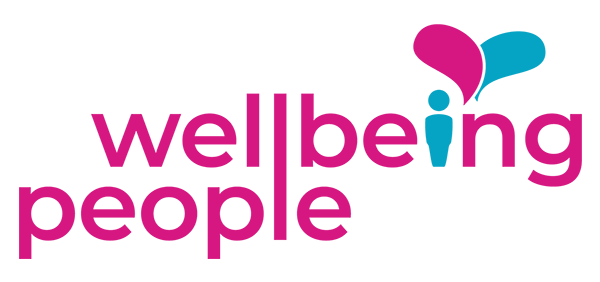Employee wellbeing is no longer a perk – it's a necessity. It's a crucial element that boosts the health of your workforce and your business! Beyond the confines of isolated health and wellbeing initiatives, the integration of comprehensive wellbeing strategies into the annual business plan is becoming increasingly essential. Central to this approach is the orchestration of successful workplace wellbeing events.
workplace WELLBEING EVENTS
In this article, we will explore how meticulously planned wellbeing events can seamlessly align with and support an annual wellbeing strategy, driving both individual and organisational growth. Wellbeing events offer a dedicated space for employees to focus on their physical and mental health and wellbeing - it is a great starting point which can translate into a range of benefits that directly impact your company's success.
Wellbeing events: a catalyst for change
Whether it's a wellbeing day, a week or month, planning and executing a successful event will help to overcome low morale, fatigue and a workforce that is lacking in motivation and productivity. So let's briefly look at the benefits first and why wellbeing matters:
- 1Productivity: Healthy, happy and present employees are more productive. They have higher energy levels, better focus, and greater motivation.
- 2Retention: Companies that invest in employee wellbeing see higher retention rates. People are more likely to stay with an employer who values their health and happiness.
- 3Culture: Promoting wellbeing fosters a positive work environment. It shows that the company cares about its employees beyond their professional contributions.
Engaged workers who are not thriving in their lives are much more vulnerable
and add risk to your organisation.
Research by Gallup* compared employees who are engaged but not thriving with those who are engaged and thriving, those who aren't thriving report the following risks:
61% likelihood of burnout
66% likelihood of daily worry
48% likelihood of daily stress
Double the rate of daily sadness and anger
a strategic approach to planning a wellbeing event
A successful wellbeing event isn't thrown together overnight. Take a look at the points below to see how to strategically plan an event that aligns with your company's wellbeing goals:
Define Your Goals
Before diving into logistics, define your goals. Is it reducing stress, promoting healthy habits, or fostering teamwork, or maybe all of these? Align your activities with your goals to maximize their impact.
Understand your employees' needs
Don't make assumptions! Understanding your employees’ needs and preferences is crucial. Conduct a survey or hold informal discussions to gather insights. This involvement not only ensures your event caters to their interests but also fosters a sense of ownership.
Set a Budget
Determine how much you’re willing to spend. Your budget will influence the scope of the event, the activities you can offer, the venue and an external provider if needed.
Choose a Theme
A theme can make the event more engaging and cohesive. Health Awareness Days/Weeks are always good themes to base an event on as they encourage behavioural change. By learning more about a disease or illness and understanding the steps that can be taken to prevent it gives people the knowledge and confidence to make positive and lasting lifestyle changes.
Plan Activities
Based on your goals and theme, plan a variety of activities. Here are some ideas:

SCHEDULE And LOCATION
Choose a date and time that is convenient for most employees. Ideally, the event should take place during work hours to ensure maximum participation. Select a location that is easily accessible and has the necessary facilities. Ensure the location is a welcoming environment, with an atmosphere that is inviting and inclusive.
PROMOTE THE EVENT
Communication is key to ensuring a good turnout. Use multiple channels to promote the event:
MEASURe SUCCESS
After the event, gather feedback from attendees (and non-attendees, as it would be good know why employees didn't get involved too). This will help you understand what worked well and what could be improved for future events. Use surveys or feedback forms to gather this information.
Then you can track the impact of your event. Did employee satisfaction surveys show a positive shift? Did participation in other wellbeing initiatives increase? Measuring success helps you refine your strategy for future events. Evaluate the success of your wellbeing event against the goals you set. Key metrics could include:
WELLBEING AND ENERGY MANAGEMENT STAND
Our onsite Wellbeing and Energy Management Stand allows for open discussions, personalised guidance, and practical activities that solidify learning and encourage lasting change
A SINGLE WELLBEING EVENT IS JUST THE BEGINNING
Remember, a single event is just the start of a journey towards a healthier, happier, and more productive workforce. By combining strategic events with consistent efforts, you create a thriving wellbeing environment that fuels success for both your employees and your business.
So, take your focus away from free food and downtime, and start planning a strategic wellbeing event. It could be the missing piece in your journey towards a happier, healthier, and more productive work environment.
References and further reading
chrome-extension://efaidnbmnnnibpcajpcglclefindmkaj/https://www.mind.org.uk/media-a/4662/resource3_howtopromotewellbeingfinal.pdf
*https://www.gallup.com/workplace/215924/well-being.aspx
